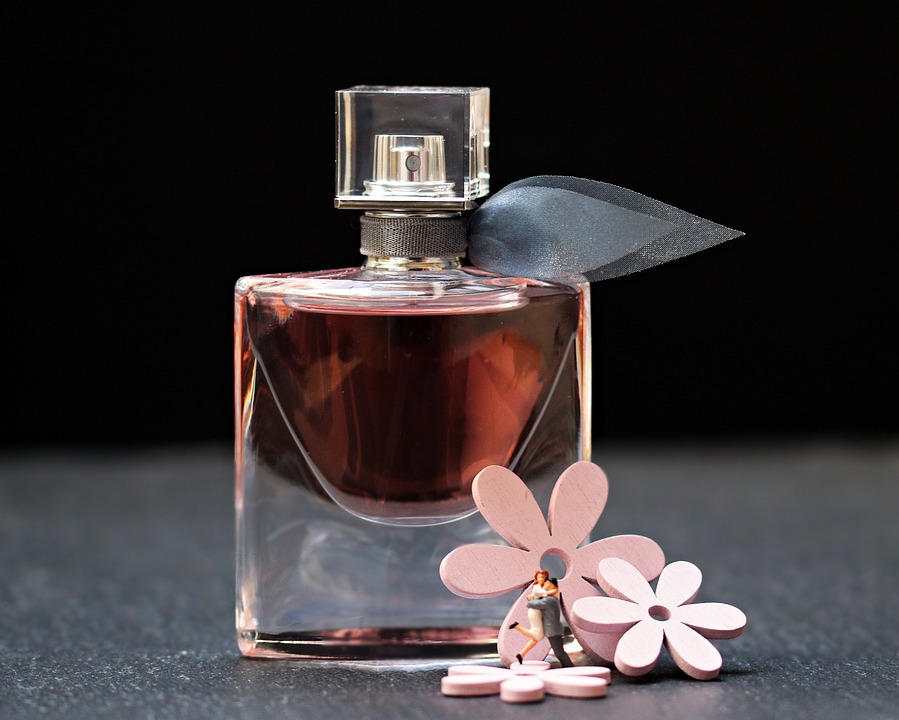If I had to define the beauty culture, I’d say it’s anything that people do to improve their physical appearance. Throughout the centuries, however, the primary concern of beauty cultures has been to improve the appearance of the female face and hair.
The thrill of using cosmetics and experimenting with different hairstyles is not new. If we travel back in time, we will discover that Queen Jezebel painted her eyes and decorated her hair as early as the ninth century B.C.
So, let’s go back in time to learn more about beauty cultures.
Rouge and Lipstick

Egyptian women were well-versed in rouge and lipstick, but their preference was for eye makeup. Women wore rouge in Greece and Rome. They admired the pink-and-white look of the fair-skinned blonde.
Women were heavily powdered during Queen Elizabeth’s reign in 16th century England. Prior to the Revolution, however, the most common use of powder and rouge was in 18th century France. Women’s faces were heavily powdered, which was frequently starch-based. On the cheeks and lips, brilliant circles of rouge were painted.
Poisonous chemicals were sometimes used to give rouge and lipstick their red color. The ingredients used in the manufacture of cosmetics in the United States have only been regulated by law since 1938.
Perfume

Fragrance has always been associated with cosmetics. Sweet-smelling plants, oils, and spices were traditionally used to make beauty products. Musk and ambergris, two important ingredients in the production of perfume, arrived in the Western world as a result of the Crusades, giving rise to a plethora of new fragrances. For those who are curious, musk is derived from the male musk deer. Ambergris is a grayish, sticky substance that is thought to be derived from the sperm whale.
Makeup

The use of cosmetics can be traced back to antiquity. Makeup’s origins could be religious. Bright colors were painted on the body to please the gods. Makeup was gradually used to enhance the appearance of the body. People have placed a greater emphasis on beauty culture at various points in history than at others. During the Middle Ages, it received little attention, but it rose to prominence in the 16th and 17th centuries.
Cosmetics for the Eyes

Various types of beauty aids have been highlighted at various times. To the Egyptians, the eyes were everything. Cleopatra, Queen of Egypt 2000 years ago, is said to have had her brows and eyelashes black, her upper eyelids blue-black, and her lower eyelids green painted. In Egypt, men’s eyes were surrounded by color. This could have been done in part to shield their eyes from the glaring rays of the sun.
Black eye makeup was used by both Italian and Roman women in the 16th century to highlight their blonde hair and fair skin.
Skin Lotions

Minerals, as well as animal and vegetable products, were commonly used to make cosmetics in the ancient world. The Egyptians, for example, used copper to make green eye shadow and lead to make black. The minerals, on the other hand, were frequently harmful to the skin and caused blemishes. Soothing masks containing honey, milk, or various oils were applied to the face at night. Roman women used a mucilage made from certain bird nests to treat common skin blemishes. Lotions for whitening the skin were also used.
Nail Care

Hand and nail care is another important aspect of beauty culture. Around 700 B.C., Assyrian women used henna plant leaves to dye their palms and nails red. Egyptian women used henna to color their nails, and the pharaohs used it to color their palms and the soles of their feet.
In Rome, both fingernails and toenails were cut and polished but retained their natural color. Women used to polish their nails with fragrant sandalwood in 16th century Italy.




Today a reader,tomorrow a leader!